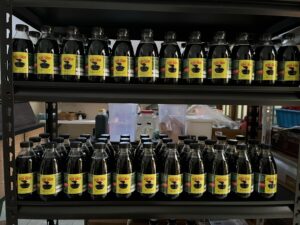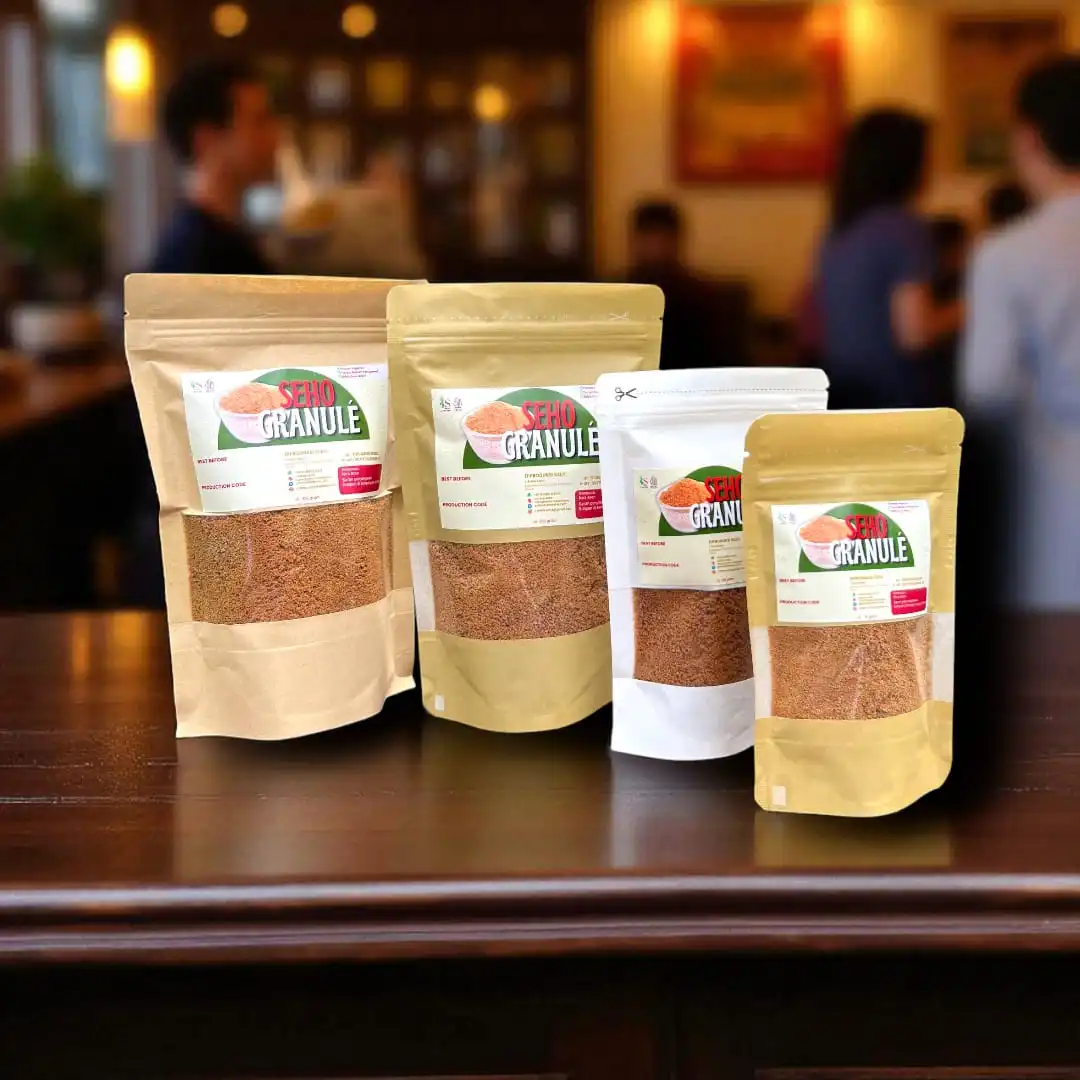
In recent years, Indonesia has been making strides in the global market with its palm sugar
exports. However, a significant change has occurred with the U.S. imposing a 32% import
tariff on Indonesian goods, effective from April 2025. This move, under the administration of
former President Donald Trump, has sparked a debate over whether it presents a challenge or
an opportunity for Indonesian exporters. While the tariff hike has created a tough situation, it
also opens doors for the country to strengthen its position in the global palm sugar market.
A Mixed Impact of the 32% Tariff Hike
The U.S. import tariff increase has had mixed effects on exporting countries, with Indonesia
now facing a 32% tariff on its products. Other countries, like China and Singapore, have been
hit with even higher tariffs of 54% and 36%, respectively. This disparity means Indonesia
could potentially benefit from being in a more favorable position relative to these nations.
While the tariff hike increases the cost of exporting goods, it also allows Indonesia to
capitalize on the challenges faced by other countries in the market.
Indonesia’s Palm Sugar Export Landscape
Indonesia currently ranks as the fourth largest exporter of palm sugar globally, following the
European Union, India, and Thailand. Despite its relatively lower export volume compared to
these nations, Indonesia’s palm sugar still plays an essential role in the international market.
With 1,118 shipments, the country has an opportunity to grow its share in the palm sugar
sector, especially in markets like the U.S.
Palm sugar has long been a favored natural sweetener in many parts of the world. Known for
its lower glycemic index and richer nutritional profile than white sugar, palm sugar is
increasingly being embraced by health-conscious consumers. The rising global trend towards
organic and healthier eating habits is helping to boost demand for products like Indonesian
palm sugar, which is often seen as a healthier alternative to refined sugars.
Challenges Posed by Tariffs and the Opportunity They Bring
While the 32% tariff presents a challenge to Indonesian palm sugar exporters, it also opens up
new avenues for growth. For one, Indonesia’s palm sugar products are naturally competitive
due to their more affordable pricing compared to other sugar alternatives. Given that
countries like China and Singapore face higher tariffs, Indonesian exporters could find
themselves in a better position to capture the attention of American consumers who are
looking for organic and affordable sweeteners.
Additionally, U.S. consumers are increasingly moving towards natural food products, and
palm sugar fits this growing demand. The increased awareness about the harmful effects of
refined sugar, alongside the desire for healthier, organic alternatives, creates an ideal
opportunity for Indonesia to position its palm sugar as a prime product. Indonesian producers
can leverage the country natural resources and its reputation for producing high-quality
palm sugar to make it a more attractive option in international markets.
Seizing the Moment: Strategies for Growth
To take full advantage of this moment, Indonesia must be strategic in its approach. One
effective strategy would be to focus on product diversification. By offering a variety of palm
sugar-based products—ranging from raw sugar to processed items like syrups and
snacks—Indonesia can appeal to different market segments in the U.S. This approach could
also help mitigate the impact of the higher import tariffs, as consumers might be willing to
pay a premium for diverse, high-quality options.
Another important strategy is to continue improving the quality of palm sugar exports. As the
demand for organic products grows, Indonesian producers can emphasize the natural and
chemical-free nature of their palm sugar to attract health-conscious buyers. Investing in
sustainable farming practices and ensuring the traceability of the products will further
enhance the reputation of Indonesian palm sugar.
Furthermore, Indonesia can capitalize on the global demand for healthier alternatives to
refined sugar. By marketing palm sugar as a product with a low glycemic index and better
nutritional content, Indonesia can cater to the rising demand for natural sweeteners. Health-
conscious American consumers, who are more inclined to choose natural options, would
likely favor Indonesian palm sugar over other alternatives that are more heavily processed.
A Promising Future for Indonesian Palm Sugar
Despite the challenges posed by the new U.S. tariff policy, Indonesia is well-positioned to
navigate this obstacle and emerge stronger in the global market. By focusing on quality
enhancement, product diversification, and effective marketing strategies, Indonesian palm
sugar producers can carve out a larger share of the U.S. market. Moreover, this situation
presents an opportunity for Indonesia to expand its presence in other international markets,
increasing export revenues and generating new job opportunities in the process.
The future of Indonesian palm sugar looks promising, and with the right strategies, the
country can capitalize on the increasing demand for healthier, organic products worldwide.
Now is the time for Indonesia to embrace these changes, adapt to the evolving global trends,
and drive national economic growth through a well-developed export strategy.
